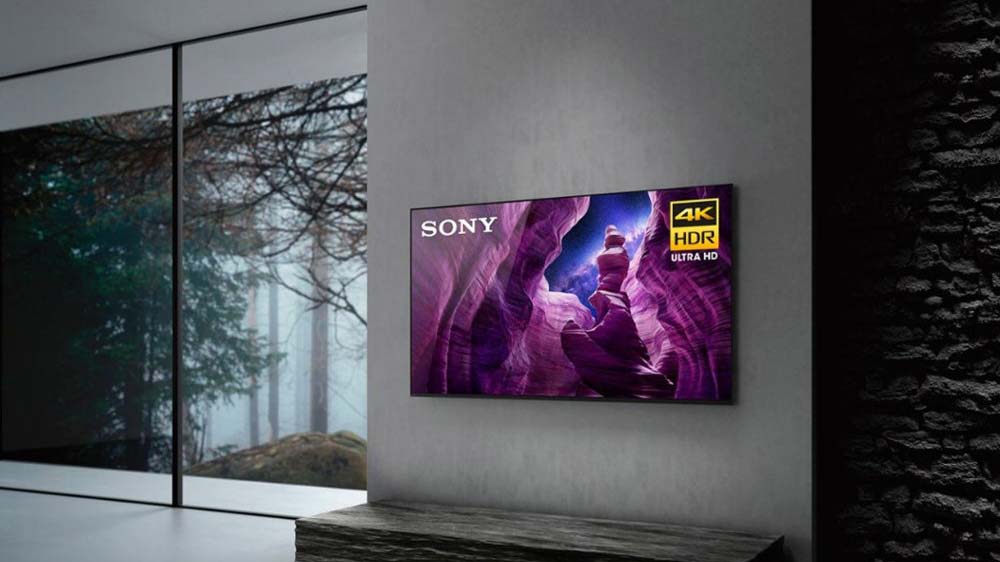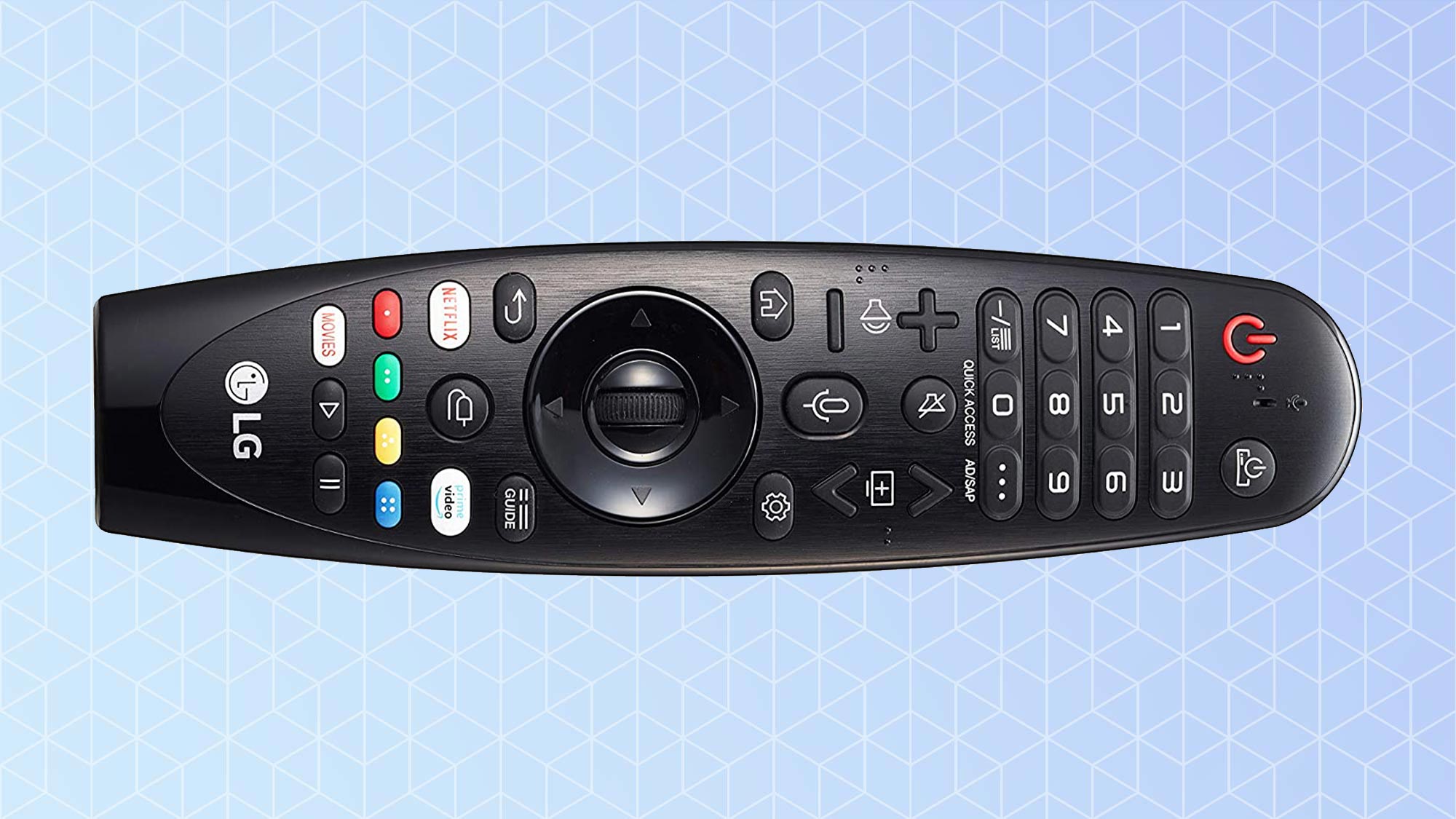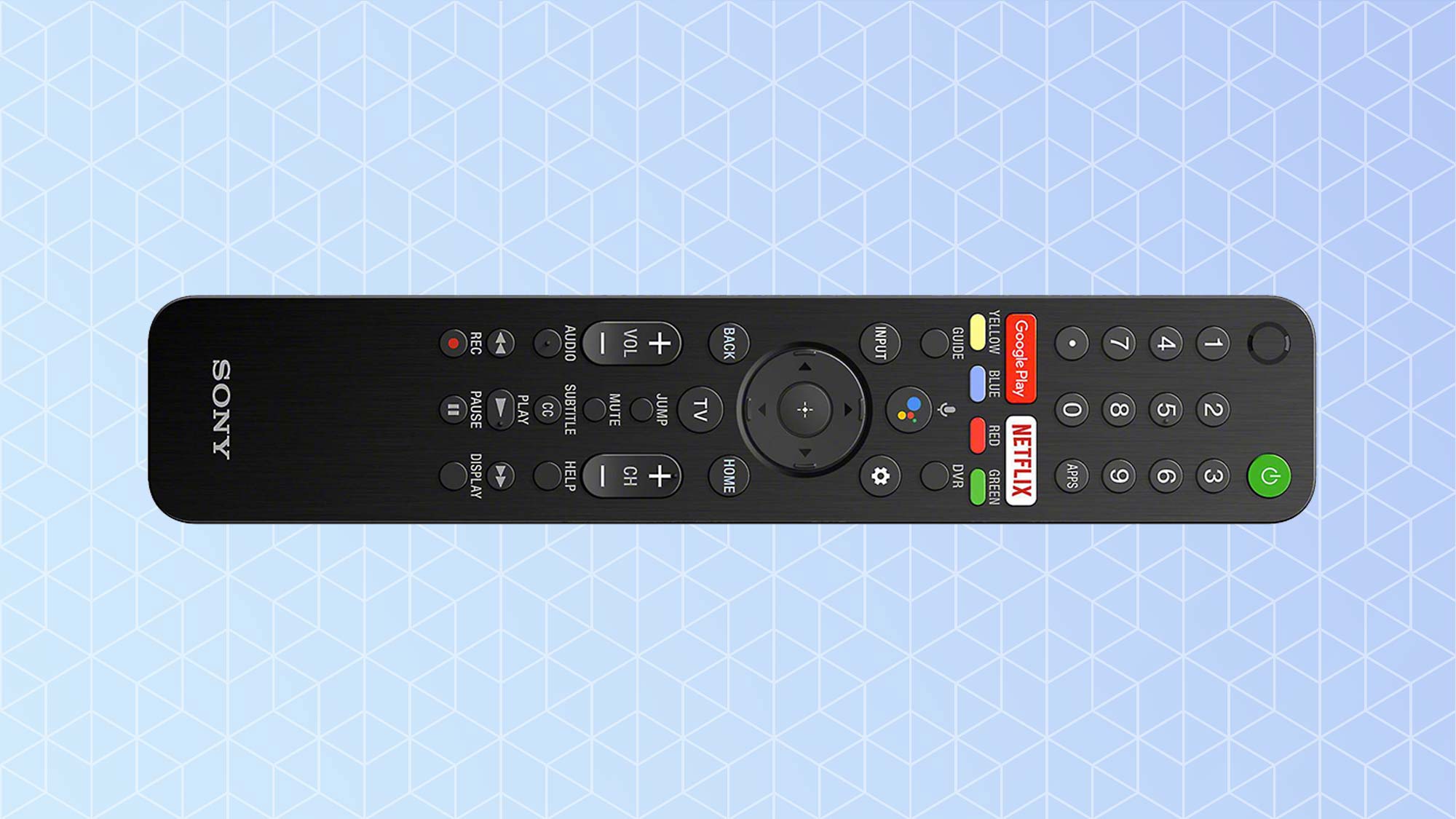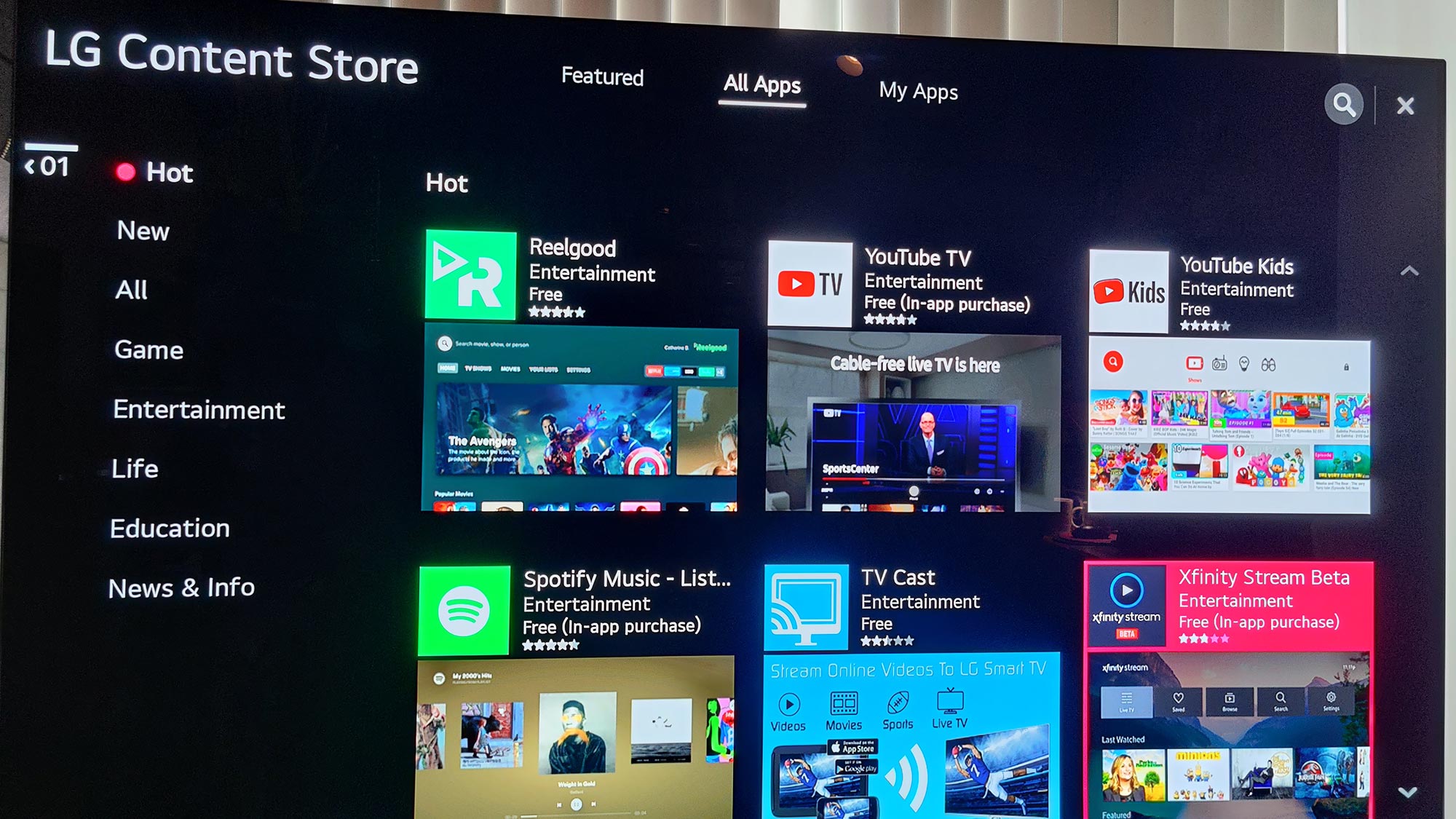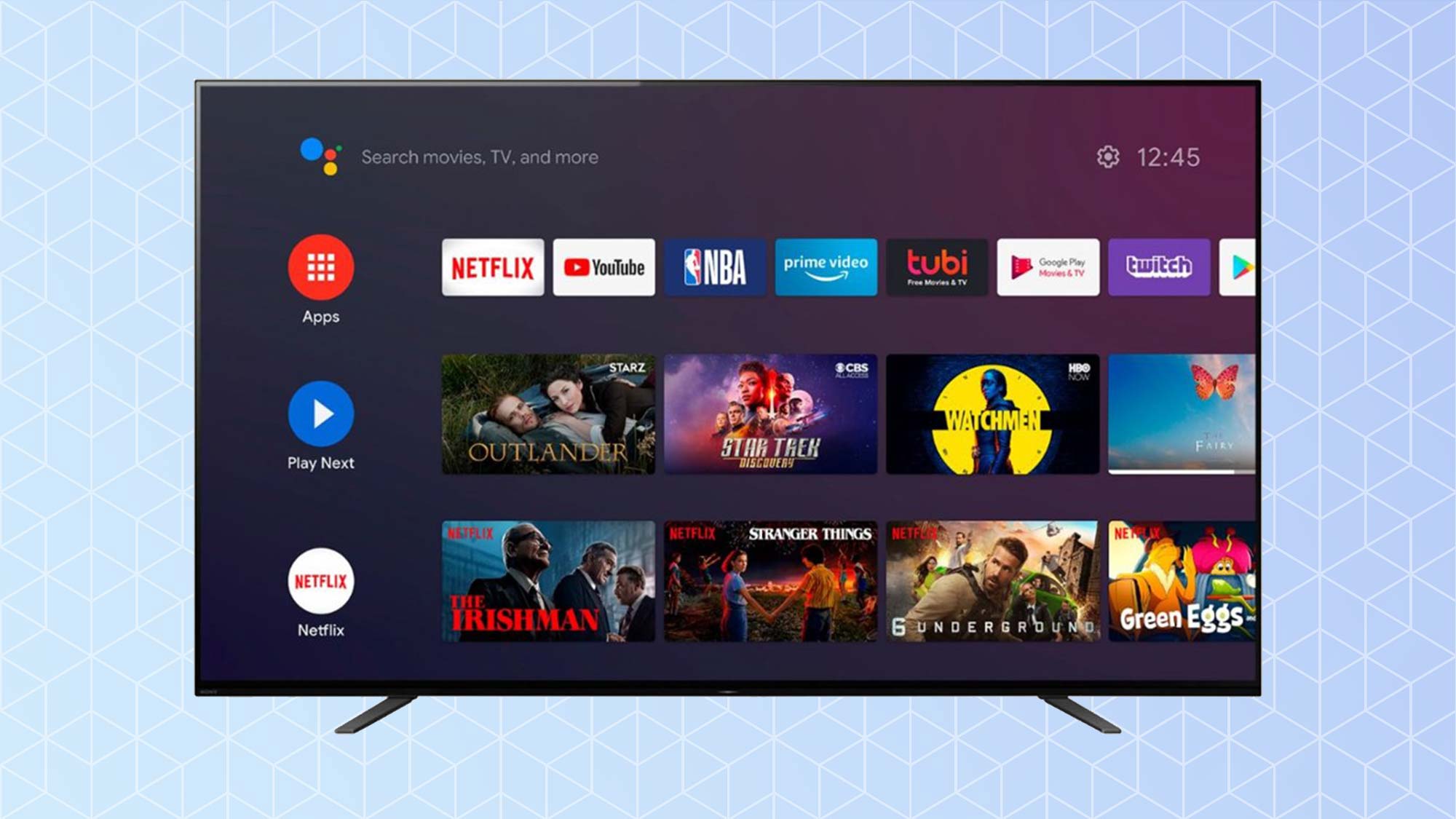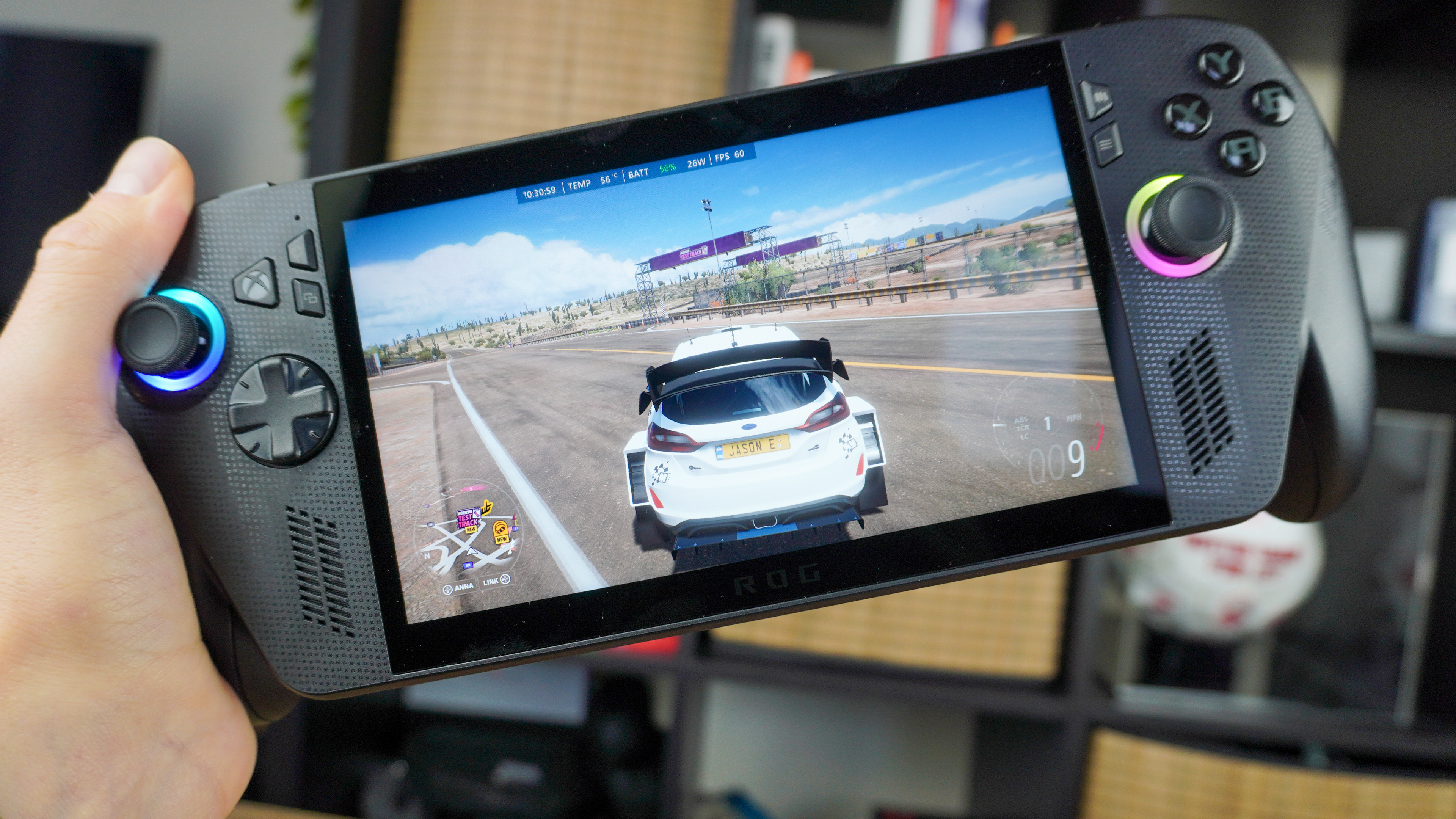LG CX vs. Sony A8H: Which OLED TV is best?
The LG CX OLED and Sony Bravia A8H OLED are two of the best TVs you can buy, but which is better?

If you're in the market for an OLED TV, then there are two brands at the top of your list: LG and Sony. This year's LG and Sony OLED TVs range from small and budget-friendly up to large models, some with 8K resolution. But for the best balance of capability and price, the LG CX OLED and Sony Bravia A8H OLED model lines are the clear heavyweight contenders.
Both LG and Sony TVs offer premium capabilities for fairly reasonable prices, with overlapping size offerings and competitive smart features. The LGCX OLED and Sony A8H OLED are already in consideration for the best TVs, but which is better?
- The best TVs right now
- Best streaming devices: Our top picks
To help you decide the answer for yourself, we've broken it down along some of the biggest points of differentiation between the two brands and models. For a more detailed look at how to choose the best TV for you check out our TV buying guide.
And for a closer look at the models discussed here, check out our LG CX OLED review and our Sony Bravia A8H OLED TV review, which take a deeper dive into each sets design, features and picture quality.
LG CX OLED vs. Sony A8H OLED: Just the specs
| Row 0 - Cell 0 | LG CX OLED | Sony A8H OLED |
| Price range | $1,499 - $4,999 | $1,899 - $2,799 |
| Screen sizes | 48, 55, 65, 77 | 55, 65 |
| Resolution | 4K UHD (3840 x 2160) | 4K UHD (3840 x 2160) |
| Dolby Vision, HDR10, HLG | Dolby Vision, HDR10, HLG | Dolby Vision, HDR10, HLG |
| Refresh rate | 120Hz | 120Hz |
| Ports | 4x HDMI 2.1 | 4x HDMI 2.0a |
| Audio | 2.2 channel sound | Acoustic Surface Audio 2.2 channel sound |
| Smart TV software | webOS 5.0 | Android TV 9 |
| Processor | α9 Gen 3 AI Processor 4K | Picture Processor X1 Ultimate |
| Voice interaction | Mic in remote | Mic in remote |
| Smart Assistant | ThinQ AI, Google Assistant, Amazon Alexa | Google Assistant, Amazon Alexa |
LG CX OLED vs. Sony A8H OLED: Price and size options
LG and Sony compete on several fronts when it comes to their OLED TVs, but in terms of sizes and prices, LG has the edge.
The LG CX OLED is available in 55-, 65- and 77-inch sizes, with a 48-inch model coming in June. Sony's A8H OLED is available only in 55- and 65-inch sizes.
| Row 0 - Cell 0 | LG | Sony |
| 48-inch | $1,499.99 | -- |
| 55-inch | $1,799.99 | $1,899.99 |
| 65-inch | $2,499.99 | $2,799.99 |
| 77-inch | $4,999.99 | -- |
Comparing the 55- and 65-inch models, it's also pretty clear that LG's premium TVs are slightly more affordable, with the 55-inch selling for $100 less than Sony's equivalent, and the 65-inch model selling for $300 less.
Get instant access to breaking news, the hottest reviews, great deals and helpful tips.
This is actually much closer in price than we ever expected, as Sony's pricing has always skewed higher, and its OLED TVs have sometimes cost several hundred dollars more than the LG equivalents.
LG CX OLED vs. Sony A8H OLED: Display
We haven't had a chance to review the Sony A8H OLED yet, nor have we gotten the opportunity to properly lab test either TV. But we expect the LG and Sony OLED panels to be extremely similar. While there are some minor variations between LG and Sony OLED TVs, the panel isn't one of them, since Sony's OLEDs rely on panels from LG Display.
Those smaller and larger sizes offered by LG make it the clear winner on screen size, and the only choice if you want an extra large 77-inch OLED TV for your home theater, or a more compact 4K OLED that's small enough to use as a desktop monitor or setup a killer gaming rig in a dorm room or apartment where a larger TV may not fit.
While we have seen small differences between Sony and LG sets in the past, those differences don't stem from the display panel, but how it's used. Factory calibration, differences in video processing, and other technical refinements let the two brands offer slightly different – though equally premium – picture quality and viewing experiences. But at the end of the day, the panels are more or less identical.
The viewing experience, however, is not identical. This is where Sony really shines, delivering some of the best picture quality in the industry. Though both companies offer superb color accuracy and the category leading contrast that only OLED can provide, Sony has consistently offered slightly better picture quality than LG on its OLED TVs for several years running. This largely comes down to video processing, where Sony offers pixel level brightness boosting, object-based image processing and a wider color spectrum then even LG TVs using the same panels. Motion handling, color quality, contrast and HDR performance are all undeniably better.
Sony also offers Netflix Calibrated Mode, which is (unsurprisingly) optimized to make Netflix streaming content look its best. If you're looking for the best way to enjoy the best Netflix shows, you'll want to watch on a Sony TV.
Winner: Sony
LG CX OLED vs. Sony A8H OLED: Audio
Premium TV manufacturers work hard to offer high-quality sound to match the excellent picture offered on their OLED screens. But the slim designs favored by premium TV shoppers don't leave a lot of room for large speakers and resonant sound.

LG's CX OLED TV still manages to offer 2.2 channel sound, with 40 watts of power and a 20-watt woofer driving surprisingly rich and immersive audio. LG beefs up its sound quality with AI Acoustic Tuning, which calibrates the sound to the room the TV is in. It also offers Dolby Atmos support for rich immersive audio, even without an additional soundbar or speaker set.
But Sony goes a step further with its OLED TVs. Sony's Acoustic Surface Audio uses the entire glass surface of the OLED panel to produce sound, vibrating the screen itself to create the sound for dialogue and audio effects. On paper, it's an interesting technology. In person, however, Acoustic Surface Audio offers a fairly dramatic improvement to the TV listening experience, providing sound that seems to come directly from the actors and action on screen. The result is surprisingly effective and genuinely immersive.
Sony backs up this sound-from-screen capability with a pair of 5-watt subwoofers, with bass that rounds out the sound with hefty low-end.
Winner: Sony
LG CX OLED vs. Sony A8H OLED: Remote control
One significant difference between LG and Sony models that has nothing to do with picture or sound quality is the remote control design. Though you may not think of it, a smart TV remote has a huge impact on the TV experience, affecting how you interact with the TV. And this is one area where LG has a clear advantage.
The LG Magic Remote is one of our favorites, thanks to a combination of comfortable design and innovative features. The biggest is gesture capability, which lets you navigate through the smart TV apps and menus with motion sensing and an on-screen cursor. It's a convenient and intuitive navigation tool, and one we've only seen on LG TVs.
The remote also features a clickable scroll wheel that serves as the main selection button. It's another small touch that makes a big difference as smart TV operating systems get more complex and the number of apps and services available on them grows a number.
This is not to say that Sony's remote control design is bad. In fact, it has been dramatically improved in the last two years, with a more comfortable design, a cleaner layout, and better navigation in Sony's Android TV environment. It's a premium remote, and it feels like it, but Sony's remote control just doesn't have all of the impressive features seen on LG's Magic Remote.
Winner: LG
LG CX OLED vs. Sony A8H OLED: webOS vs. Android TV
The smart TV platforms used by LG and Sony on their respective TVs is another area where the competition’s pretty narrow.
LG's TVs use a proprietary platform, called webOS. Now in its fifth generation, webOS is one of the best proprietary smart TV operating systems on the market. It offers a very clean, easy to navigate interface. It has rich smart features, with a generous app selection, built-in Google Assistant and Amazon Alexa voice assistants, a number of highly intelligent features like sports alerts and shopping options that are aware of content on screen, as well as deep smart home integration and control features.
Sony, on the other hand, uses Android TV. Powered by Google and offering access to the enormous Google Play Store for apps, Android TV may offer the richest ecosystem available to smart TVs. And with Android TV interface refinements made in 2019, it is also an excellent smart TV experience with easily navigated menus and content available at a glance.
Android TV is also the only smart TV platform to offer a challenge to LG's twin voice assistant offering. Android TV comes with Google Assistant built in, and you can also add Amazon Alexa by installing an app from Amazon on your Sony A8H OLED.
Both the LG CX OLED and the Sony A8H OLED use a microphone built into the remote control, with buttons that have to be pressed to use voice interaction. However, while the Sony supports Amazon Alexa through an app, LG has that same capability built-in, and accessible right from the remote, alongside the Google Assistant offered as the default on both sets.
The other feature that LG TVs can't match is Sony's inclusion of Google Chromecast. With a Chromecast built into the TV, Sony's OLED sets offer dead simple casting from phones, tablets and laptops directly to the TV. While LG does have screen-sharing capabilities, the inclusion of Google Chromecast offers more seamless mobile-friendly viewing.
Winner: Draw
LG CX OLED vs. Sony A8H OLED: Which TV wins?
When it comes to OLED TVs, LG and Sony are the elephants in the room, but which is better? The answer to that question really depends upon what you value most in a TV.
If size options and pricing are the priority, then LG is the clear winner. The LG CX OLED has more size options and is more affordable across the board.
If you want the best picture quality and audio you can get, then the Sony A8H is the OLED TV of choice, but you will pay more for the privilege.
At the end of the day, however, these are two very closely matched OLED competitors, and both offer premium picture and sound, excellent smart capabilities, and a mix of cool and innovative technologies.
- LG vs. Samsung vs Sony: Choosing a TV brand
- Smart TVs: Everything you need to know
Brian Westover is currently Lead Analyst, PCs and Hardware at PCMag. Until recently, however, he was Senior Editor at Tom's Guide, where he led the site's TV coverage for several years, reviewing scores of sets and writing about everything from 8K to HDR to HDMI 2.1. He also put his computing knowledge to good use by reviewing many PCs and Mac devices, and also led our router and home networking coverage. Prior to joining Tom's Guide, he wrote for TopTenReviews and PCMag.

